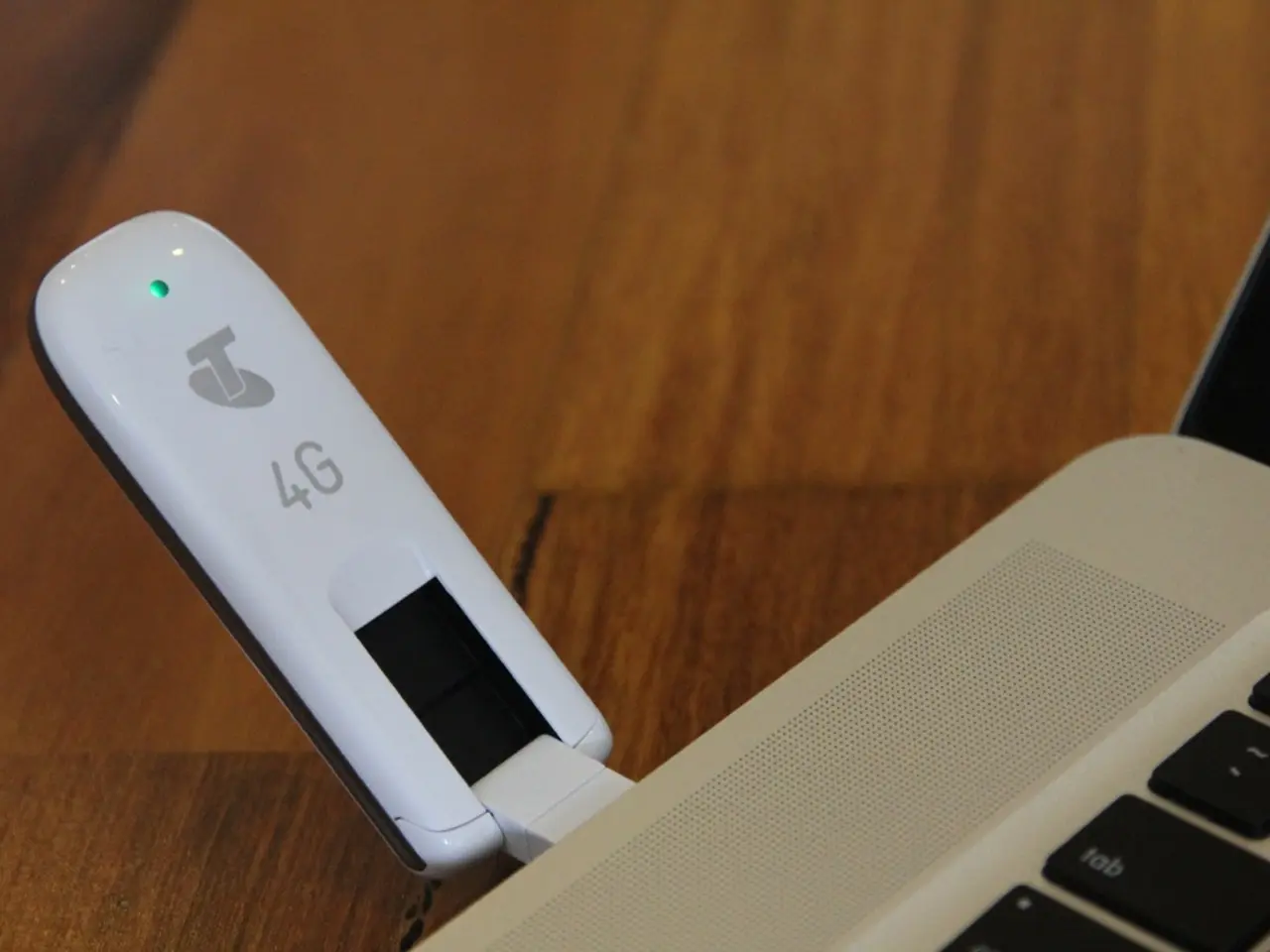Guide to Creating Wearable Apps: In-Depth Insight
In the ever-evolving landscape of technology, wearable app development has become a cornerstone of daily routines. As these devices collect sensitive user data, security remains a critical aspect, ensuring users trust the applications to handle their personal information.
Today, wearable app development encompasses a three-pronged approach: embracing emerging trends and technologies, prioritizing security considerations, and adhering to design best practices focused on user well-being.
### Current Trends and Technologies
The integration of generative AI is transforming wearables into personalised health and wellness coaches, offering advanced health scoring, contextual recommendations, and conversational virtual assistants. Smartwatches and diverse form factors, such as smart rings, bracelets, flexible textiles, and smartglasses, are gaining traction, merging technology seamlessly into fashion and everyday wear.
Advanced sensor technology and biometrics are pushing boundaries in health-related sensors, with possibilities of early disease detection and continuous biometric monitoring. Integrations with augmented and virtual reality technologies offer immersive user experiences, expanding the scope of wearables beyond fitness and wellness into entertainment, work, and communication. Enhanced connectivity and functionality enable wearables to evolve from passive trackers into active gateways for digital services, such as contactless payments and smart home device control.
### Security Considerations
With sensitive data at stake, strong encryption protocols like AES 256 and full end-to-end encryption are vital for protecting data in transit between devices, servers, and connected apps. Addressing vulnerabilities from connectivity requires secure coding practices, regular security audits, and safe data handling. Compliance with regulations like HIPAA or GDPR is essential for healthcare-focused wearables, while data minimization and user control help mitigate risk exposure.
### Best Practices and Responsible Development
User-centred and well-being-oriented design prioritises user health, comfort, and behaviour promotion, avoiding potential harms. Transparency and accountability demand clear communication of data collection policies, usage purposes, and security measures to users. Interoperability enhances wearables' utility and user experience, encouraging ecosystem growth. Sustainability considerations address battery life limitations and environmental impacts of device production and disposal.
Limeup, a leading app creation service, supports wearable app projects that aim for innovation and security. With CEO Alex Ovdienko at the helm, Limeup is at the forefront of this revolution, ensuring wearable app development delivers transformative benefits without compromising security or well-being.
While the cost of wearable app development services is not specified, those interested in partnering with Limeup can visit their website to learn more and book an introductory call. Embracing these trends and best practices, wearable app development is experiencing revolutionary innovation, driven by the rise of body-worn technology.
Wearables continue to transcend traditional gadgets by integrating generative AI, smart sensors, and biometrics, merging technology seamlessly with fashion and everyday wear (Current Trends and Technologies). To safeguard the rising tide of sensitive user data, wearable app developers must prioritize encryption protocols, secure coding practices, and regulatory compliance (Security Considerations).




